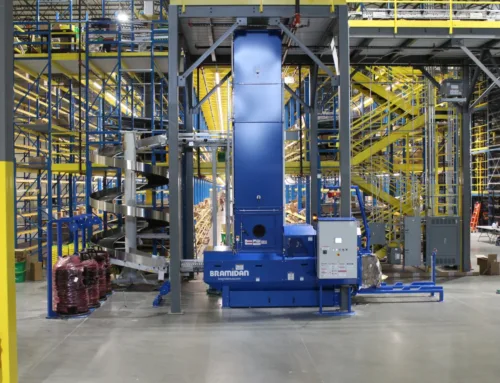
Pharmacy compounding machines represent a critical intersection between precision technology and modern pharmaceutical asset management. As healthcare providers and institutional pharmacies navigate increasing regulatory scrutiny and operational efficiency demands, understanding the value and differences among compounding systems becomes central to capital equipment decisions.
Pharmaceutical asset management, in this context, involves more than tracking depreciation or replacement cycles. It includes strategically selecting, maintaining, and, when appropriate, liquidating machines that impact workflow, compliance, and long-term cost efficiency. From a liquidation standpoint, not all compounding systems hold equal value or resale potential, making comparative analysis vital for health systems, hospital administrators, and procurement consultants.

Understanding Core Categories in Compounding Technology
Automated compounding machines generally fall into two primary categories: volumetric-based and gravimetric-based systems. Volumetric compounding units dispense liquid medications based on volume calculations, whereas gravimetric systems use weight for more precise measurements. Gravimetric units tend to offer improved safety and regulatory compliance by reducing compounding errors—factors that affect both patient outcomes and equipment appraisal on the resale market.
High-capacity compounders, often found in hospital or specialty pharmacies, typically integrate barcode scanning, real-time dose tracking, and digital inventory reconciliation. These features enhance pharmaceutical asset visibility and help maintain compliance with USP <797> and <800> standards. This regulatory compliance status significantly affects the downstream asset value of these machines, particularly during liquidation or asset recovery phases.
Operational Efficiency vs. Long-Term Asset Value
Facilities that utilize semi-automated systems may experience reduced up-front costs, but often at the expense of ongoing labor and risk exposure. In contrast, facilities that adopt fully automated, gravimetric-based systems often see greater asset retention value and longer effective lifespans. These machines frequently carry higher recovery rates in the secondary equipment market due to continued demand from ambulatory care centers and small hospital systems.
Another critical consideration is the machine’s integration with electronic health records (EHRs) and pharmacy management software. Units with built-in interoperability tend to retain value longer, allowing for smoother redeployment across facilities or more competitive liquidation pricing. From a pharmaceutical asset management perspective, this flexibility allows decision-makers to align capital investment strategies with lifecycle ROI, not just initial performance.
Risk, Compliance, and Asset Redeployment
Compounding errors can result in adverse patient events, regulatory penalties, and financial losses. Advanced pharmacy compounding machines mitigate this risk through automated checks and traceable workflows. For healthcare networks evaluating equipment across multiple sites, centralized asset tracking of these machines becomes essential. When properly maintained, these assets offer strong redeployment value within multi-site organizations or liquidation value for repurposing.
End2End Logix emphasizes the importance of lifecycle planning and asset condition assessment in its acquisition model. Machines with traceable maintenance logs, validated calibration history, and demonstrated USP compliance consistently yield higher valuations during recovery. Conversely, assets with limited documentation or outdated interfaces often fall short of buyer expectations and require additional refurbishing—costs that can erode liquidation margins.
Conclusion
Pharmacy compounding machines are no longer niche investments—they are strategic assets tied directly to pharmaceutical asset management, risk mitigation, and operational efficiency. Understanding how specific machine types differ in precision, compliance, and market longevity can directly influence procurement decisions and downstream asset recovery strategies.
Facilities looking to improve their asset portfolio or offload underutilized equipment benefit from engaging with partners who understand both the technical nuance and market behavior of compounding systems. At End2End Logix, that dual perspective helps turn complex equipment into strategic capital—whether through redeployment or liquidation.
Share This Story, Choose Your Platform!
Get In Touch
Phone: (847) 722-6942
Email: sales@end2endlogix.com
Web: end2endlogix.com


